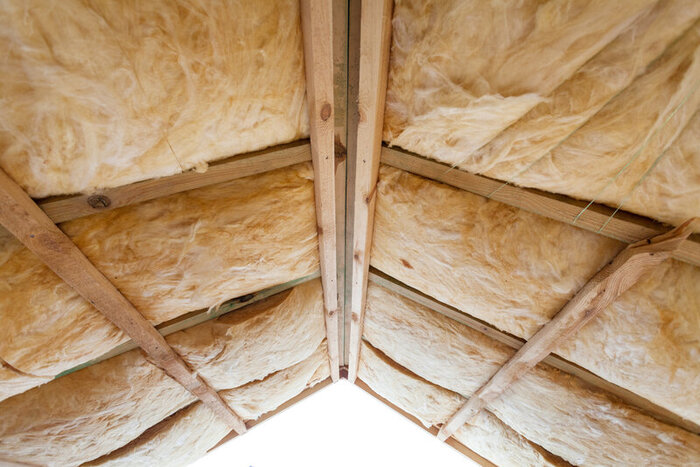
Both batt insulation and blown-in cellulose or foam have DIY attic insulation potential. However, after decades of working as attic insulation professionals, we’ve observed that very few homeowners know how to do it right.
Unless you’re a licensed contractor, it’s best to skip DIY insulation jobs and let the professionals handle it. There are several reasons for this.
There are several reasons you want to make sure your Bay Area home’s insulation is installed with professional-level precision:
When we inspect attics or come in to replace outdated insulation, we know immediately if the original insulation work - or repairs - was a DIY job. It shows up in everything from neatness and proper installation techniques to inadequate insulation R-value or insufficient insulation levels to do the job.
Here are five of the most common mistakes made by DIY attic insulation installers:
When we go into an attic to replace insulation, we also perform an automatic attic inspection. Your attic insulation is part of a system that includes the roof, ventilation, HVAC ducts, and other plumbing/electrical equipment using attic space. Therefore, any issues with those other attic systems pose a threat to your attic insulation and its ability to do its job.
In some cases, this may mean your home’s structural integrity is at risk - especially if we notice outdated electrical wires, roof leaks, mold or mildew growth, or pest infestations. We wouldn’t be doing our job if we didn’t point out these major red flags so you can take care of them. But unfortunately, homeowners who read how to install insulation online don’t always notice the same things we do, which means their homes remain at risk for rot, moisture damage, fire, or leaks.
Are you using your attic for storage? Or, has it been used for storage for so many decades that previous DIY insulation jobs went around the larger or heavier objects as a shortcut? If your attic is being used for storage, you must remove or relocate everything to a separate section or area of the attic, moving section by section, so insulation full-covers the floor.
Insulation batts, made from fiberglass between sheets, are still the most popular type of insulation because it’s one of the most affordable, efficient, and easy-to-install. That said, it’s not always the best choice depending on the attic’s shape or use. These days, homeowners are best off scheduling consultations with attic professionals to get an insider’s option on which insulation makes the most sense.
Even if you gamble and go the DIY route, you’ll make more informed decisions. Bay area homes often have attics with steeply pitched roofs or odd nooks and crannies. These make it more difficult to insulate well with batt insulation, which has to be cut to fit. There are many situations where blown-in foam insulation makes far more sense, and the slightly extra expense is well worth it in return for ultimate home energy efficiency that lasts for decades.
You may not notice or know how to address ventilation issues without being a licensed contractor. Does your attic have adequate ventilation? Is it working properly? Is your attic over-ventilated via air leaks costing you hundreds or thousands of dollars in excess heating/cooling expenses?
These are all things a licensed attic insulation contractor brings to your attention and can fix in real time, ensuring your home is as comfortable and efficient as it can be. And it’s done without you having to purchase extra tools, supplies, or gear to get the job done right.
Are you planning on selling your home in the next five to ten years? If so, you should never perform any DIY jobs that involve areas of the house or home systems on a home inspector’s checklist. Your DIY insulation job could become a red flag on the buyer’s home inspection list, negatively impacting the home’s closing cost.
Anyone planning to sell their home should hire licensed contractors to perform any home maintenance or repairs leading up to the sale. These documents go a long way toward supporting a green light from the home inspection, putting buyers at ease, and ensuring their ability to get homeowners’ insurance to make their lender happy.
Warning: If you performed a DIY attic conversion or converted your attic into a living space without pulling building permits, it’s probably worth having it inspected before putting your home on the market. Anything not built to code can seriously compromise the home sale and can result in fees and fines. We can take a look for you and make recommendations while replacing your attic insulation, so you can have the work repaired before a city or county building inspector finds out.
By the time you line up all of the right tools, equipment, safety precautions, DIY videos, and other resources for a DIY insulation installation, we will already have the job done right. Contact Attic Solutions and let the professionals handle it. Your home - and your family’s comfort and energy savings - will thank you.